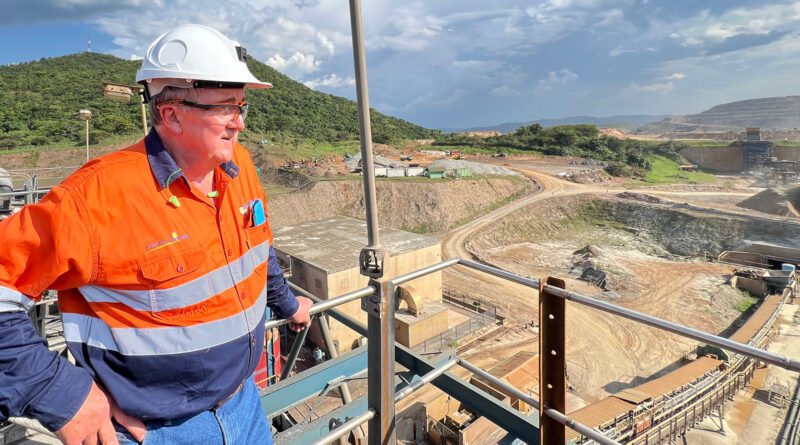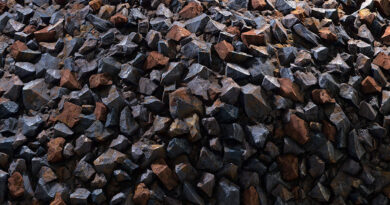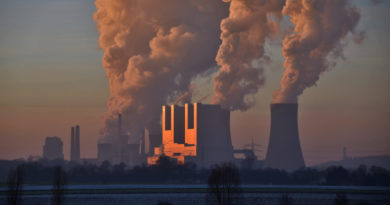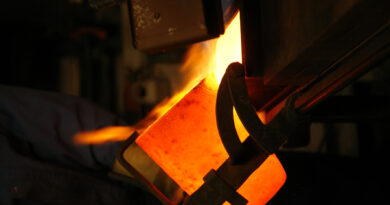Africa’s largest gold mine probes significant new discoveries
Kinshasa, Democratic Republic of Congo – Very significant near-mine discoveries within trucking distance of the plant are poised to keep growing Kibali, Africa’s largest gold mine, well into the future, says Barrick president and chief executive Mark Bristow. The company is also consolidating new prospective grounds for both gold and copper to expand its footprint in the DRC.
Speaking to media and local stakeholders here, Bristow said the newly defined ARK target located four kilometers from the processing plant had the potential to deliver, through additional exploration, a high-grade multi-million-ounce orebody. This, in addition to the KCD downdip extensions, support Kibali’s ability to continue replacing reserves depleted by mining with high-quality ounces going forward. The mine is currently on track to meet its production and cost guidance for the year and remains one of the most cost-efficient producers on the continent.
Bristow noted that Kibali was a frontier mine which over 15 years had catalyzed and promoted the growth of a thriving regional economy in the country’s remote North East region. This continues to be driven by its multi-stakeholder model of partnering with local businesses and communities. To date, it has spent $2.87 billion with local contractors and suppliers.
Kibali is currently collaborating with the government on a series of initiatives aimed at further enhancing its local content initiatives in the region which will benefit more than 500 local companies. In addition, 41 of the 44 projects targeted under Kibali’s community development fund have been completed while nine of the 14 projects supported by the mine’s Cahier des Charges initiative are nearing completion.
The mine’s commitment to biodiversity preservation is set for its next stage as it fine-tunes plans to add 64 white rhinos to the 16 successfully relocated to Garamba National Park last year.
Kibali continues to contribute to the Barrick group’s emissions reduction roadmap. When the commissioning of its new 16-megawatt solar plant and battery energy storage system, which augments its three hydropower stations, is completed, its renewable energy penetration will increase from 79% to 85% and for six months of the year its energy use will be entirely renewable.




